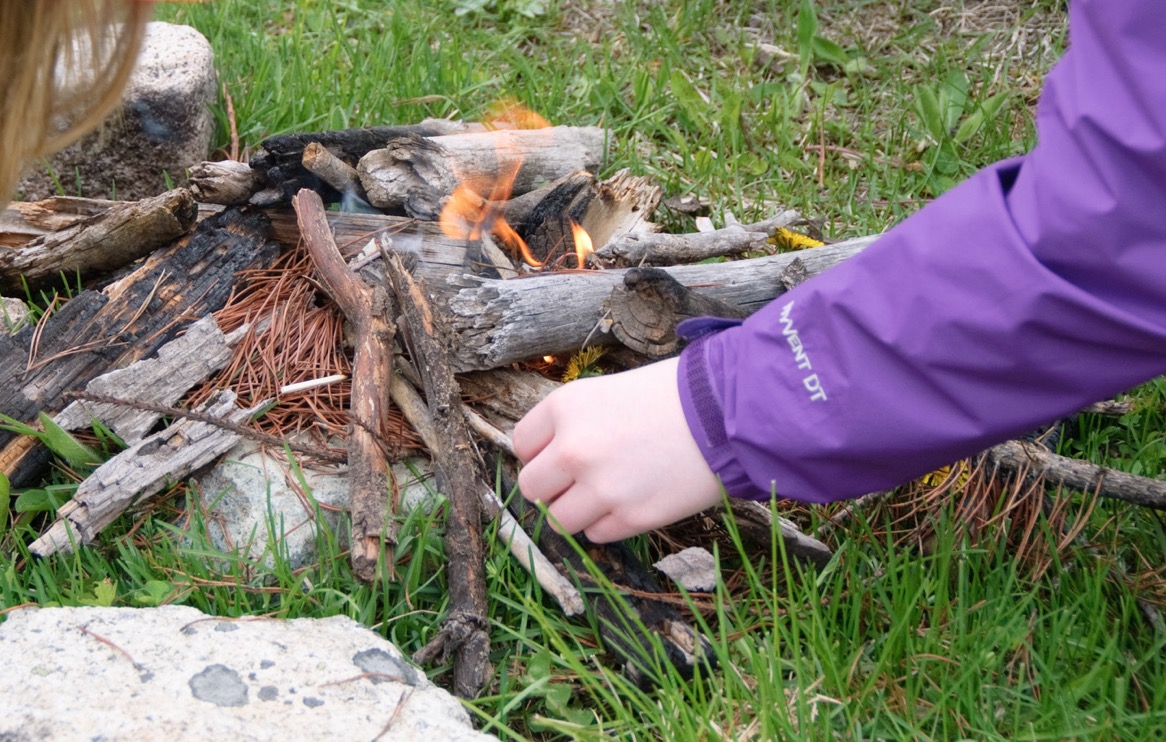 KAMLOOPS — BC Wildfire Service say they responded numerous wildfires between Falkland and Kamloops Monday (May 2). In a social media post Monday evening, the wildfire suppression service for the province states the fires are all suspected to be human caused. The fires are under investigation. “The BC Wildfire Service is urging British Columbians to be responsible, remain cautious, and do what they can to prevent human-caused wildfires,” the service states. According to the B.C. Wildfire Dashboard as of Tuesday morning, there are 10 active wildfires within the Kamloops Fire Centre: three new, two being held, and five under control. Two new wildfires were reported between Falkland and Kamloops: a 0.10-hectare fire near Station Forest Service Road north of Westwold and a 0.01-hectare wildfire near 2km Talbot Forest Service Road south of Westwold.
KAMLOOPS — BC Wildfire Service say they responded numerous wildfires between Falkland and Kamloops Monday (May 2). In a social media post Monday evening, the wildfire suppression service for the province states the fires are all suspected to be human caused. The fires are under investigation. “The BC Wildfire Service is urging British Columbians to be responsible, remain cautious, and do what they can to prevent human-caused wildfires,” the service states. According to the B.C. Wildfire Dashboard as of Tuesday morning, there are 10 active wildfires within the Kamloops Fire Centre: three new, two being held, and five under control. Two new wildfires were reported between Falkland and Kamloops: a 0.10-hectare fire near Station Forest Service Road north of Westwold and a 0.01-hectare wildfire near 2km Talbot Forest Service Road south of Westwold.



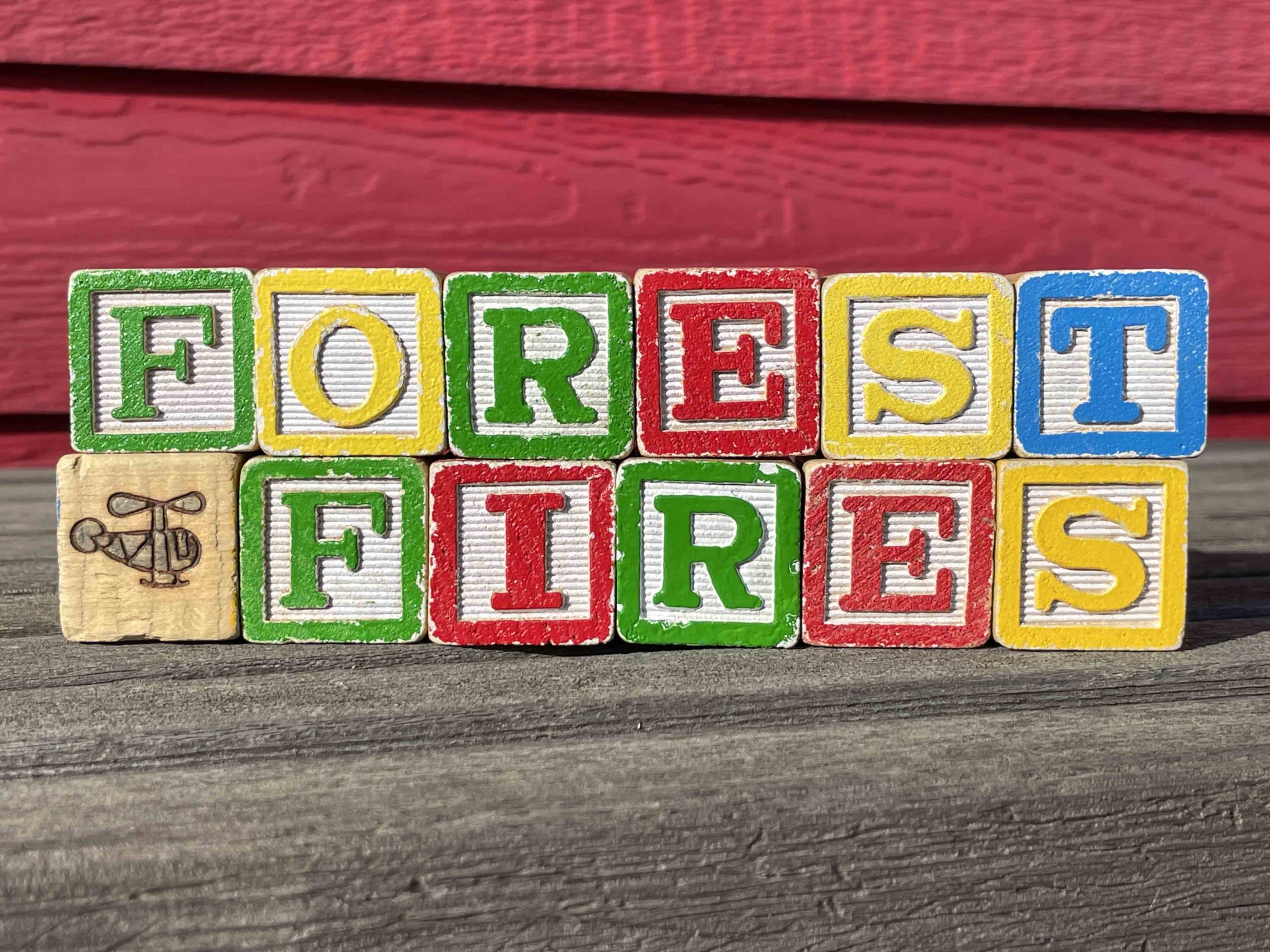 A scorcher of a summer and flocks of West Country campers would seem a potentially dangerous combination for sparking wildfires. Yet, Alberta’s wildfire season passed without a repeat of the devastating experiences in parts of the province of 2016 and 2019. This past season, 1,307 wildfires burned 130,855 acres. The five-year average is about 1,100 wildfires burning 784,000 acres. In the West Country Public Land Use Zone, located within the Rocky Mountain Forest Area, there were 108 wildfires. Humans were responsible for 80 of them and 27 were caused by lightning strikes. One fire is still under investigation. While that is higher than the five-year average of 67 wildfires from 2016 to 2020, it is a case of one set of statistics not telling the full story. “Wildfire starts were smaller this year,” said Alberta Agriculture and Forestry spokesperson Josee St-Onge. “There were fewer fires that got out of control and take a lot of resources to put out.”
A scorcher of a summer and flocks of West Country campers would seem a potentially dangerous combination for sparking wildfires. Yet, Alberta’s wildfire season passed without a repeat of the devastating experiences in parts of the province of 2016 and 2019. This past season, 1,307 wildfires burned 130,855 acres. The five-year average is about 1,100 wildfires burning 784,000 acres. In the West Country Public Land Use Zone, located within the Rocky Mountain Forest Area, there were 108 wildfires. Humans were responsible for 80 of them and 27 were caused by lightning strikes. One fire is still under investigation. While that is higher than the five-year average of 67 wildfires from 2016 to 2020, it is a case of one set of statistics not telling the full story. “Wildfire starts were smaller this year,” said Alberta Agriculture and Forestry spokesperson Josee St-Onge. “There were fewer fires that got out of control and take a lot of resources to put out.”
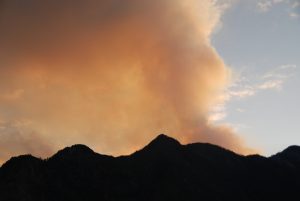 The US National Interagency Fire Center (NIFC) reported that the 2022 wildfire season activity remains above seasonal norms. The NIFC offers this simple comparison as an example: Year-to-date 22,693 wildfires reported burning 1,264,214 acres; Year-to-date 19,459 wildfires reported burning 527,025 acres; and 10-year average (2012–2021) is 16,609 wildfires and 711,666 acres. The NIFC reports that 1 new wildfire was burning in Colorado. Nationally, nearly 3,400 wildland firefighters and support personnel are assigned to 10 large fires. The Southwest area continues to have the largest fire activity, where five incident management teams are assigned. There are currently 10 large and active wildfires burning across 293,222 acres in the U.S. There are 6 in New Mexico, 2 in Arizona, and 1 each in Colorado and Texas. As of this time only 1 of the 10 fires have some containment.
The US National Interagency Fire Center (NIFC) reported that the 2022 wildfire season activity remains above seasonal norms. The NIFC offers this simple comparison as an example: Year-to-date 22,693 wildfires reported burning 1,264,214 acres; Year-to-date 19,459 wildfires reported burning 527,025 acres; and 10-year average (2012–2021) is 16,609 wildfires and 711,666 acres. The NIFC reports that 1 new wildfire was burning in Colorado. Nationally, nearly 3,400 wildland firefighters and support personnel are assigned to 10 large fires. The Southwest area continues to have the largest fire activity, where five incident management teams are assigned. There are currently 10 large and active wildfires burning across 293,222 acres in the U.S. There are 6 in New Mexico, 2 in Arizona, and 1 each in Colorado and Texas. As of this time only 1 of the 10 fires have some containment.

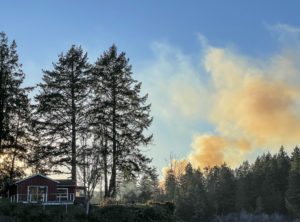 LAS VEGAS, New Mexico — Firefighters slowed the advance of the largest wildfire in the U.S. as heavy winds relented Wednesday, while President Joe Biden approved a disaster declaration that brings new financial resources to remote stretches of New Mexico devastated by fire since early April. U.S. Rep. Teresa Leger Fernandez announced the presidential disaster declaration during an evening briefing by the U.S. Forest Service about efforts to contain the sprawling wildfire in northeastern New Mexico, which has fanned out across 250 square miles of high alpine forest and grasslands at the southern tip of the Rocky Mountains. …An estimated 15,500 homes in outlying areas and in the valleys of the Sangre de Cristo Mountains that border Las Vegas have been affected by mandatory evacuations. The tally of homes destroyed by the fire stands around 170.
LAS VEGAS, New Mexico — Firefighters slowed the advance of the largest wildfire in the U.S. as heavy winds relented Wednesday, while President Joe Biden approved a disaster declaration that brings new financial resources to remote stretches of New Mexico devastated by fire since early April. U.S. Rep. Teresa Leger Fernandez announced the presidential disaster declaration during an evening briefing by the U.S. Forest Service about efforts to contain the sprawling wildfire in northeastern New Mexico, which has fanned out across 250 square miles of high alpine forest and grasslands at the southern tip of the Rocky Mountains. …An estimated 15,500 homes in outlying areas and in the valleys of the Sangre de Cristo Mountains that border Las Vegas have been affected by mandatory evacuations. The tally of homes destroyed by the fire stands around 170.


 SANTA FE, N.M. — Thousands of firefighters battled destructive wildfires in the Southwest as more residents prepared to evacuate Friday into the weekend in northern New Mexico where strong winds and dangerously dry conditions have made the blazes hard to contain. The biggest fire in the U.S. grew to more than 117 square miles through the afternoon northeast of Santa Fe. Gusty winds prevented any aerial attacks by midmorning and crews lost some of the containment they had established in previous days. The rapid rate of the spread of the fire was exceeding dire predictions in some areas, incident commander Carl Schwope said Friday night. “We’re in a very dangerous situation. Evacuation statuses are changing as we speak,” he warned at a briefing in Las Vegas, New Mexico, about 50 miles east of Santa Fe.
SANTA FE, N.M. — Thousands of firefighters battled destructive wildfires in the Southwest as more residents prepared to evacuate Friday into the weekend in northern New Mexico where strong winds and dangerously dry conditions have made the blazes hard to contain. The biggest fire in the U.S. grew to more than 117 square miles through the afternoon northeast of Santa Fe. Gusty winds prevented any aerial attacks by midmorning and crews lost some of the containment they had established in previous days. The rapid rate of the spread of the fire was exceeding dire predictions in some areas, incident commander Carl Schwope said Friday night. “We’re in a very dangerous situation. Evacuation statuses are changing as we speak,” he warned at a briefing in Las Vegas, New Mexico, about 50 miles east of Santa Fe.





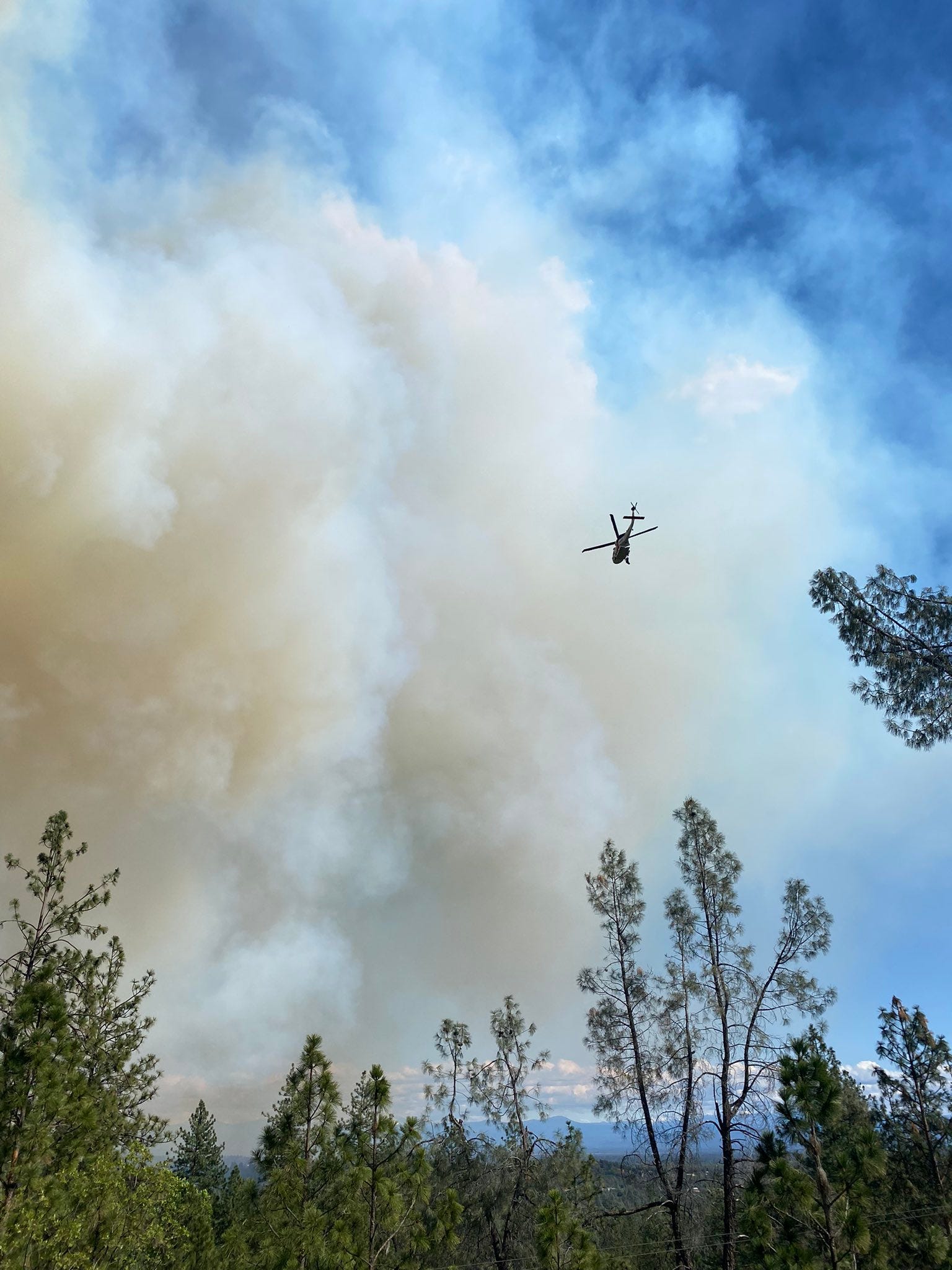
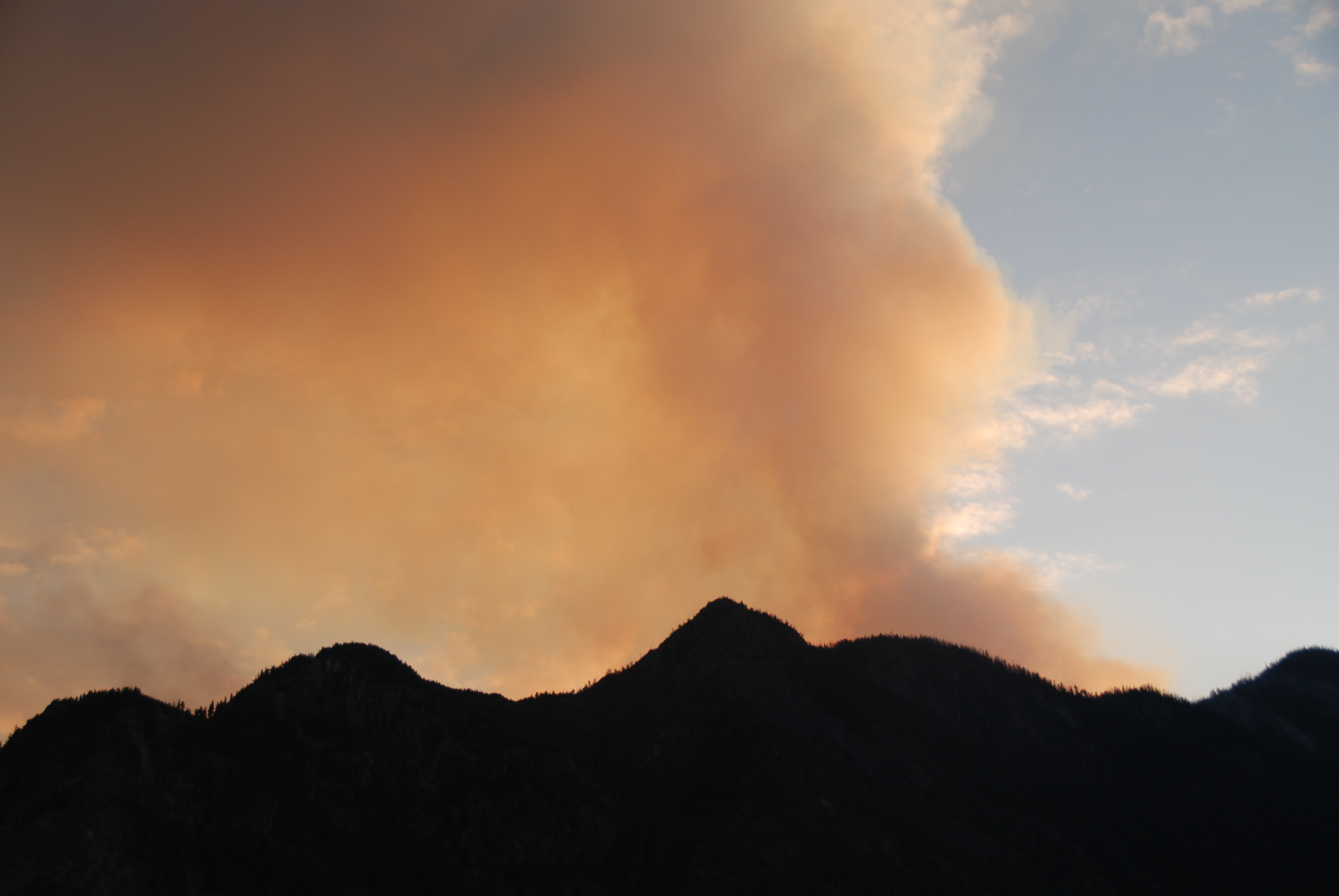 A second wildfire ignited Thursday in the Cleveland National Forest, where crews were already working to control the
A second wildfire ignited Thursday in the Cleveland National Forest, where crews were already working to control the 
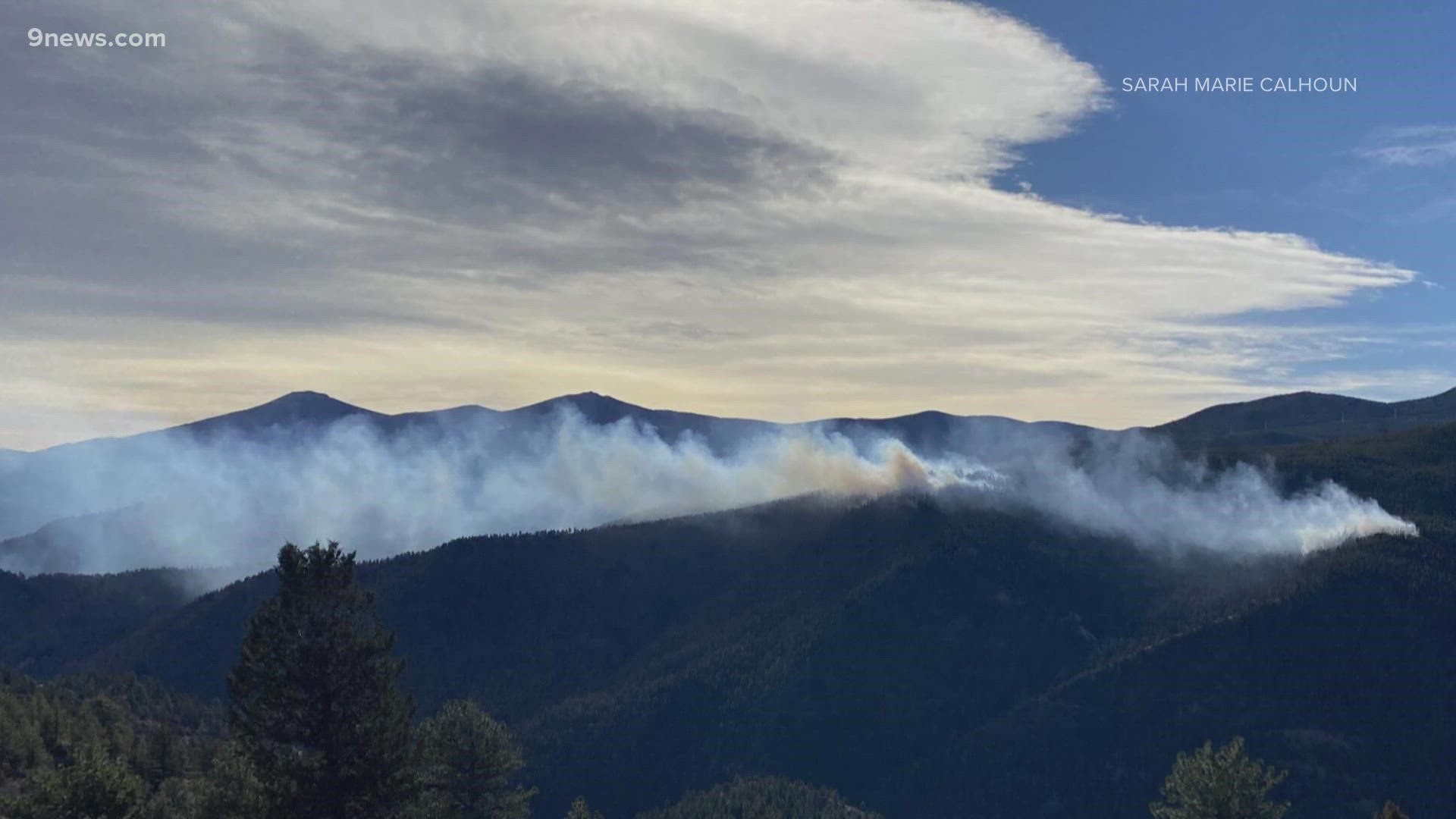
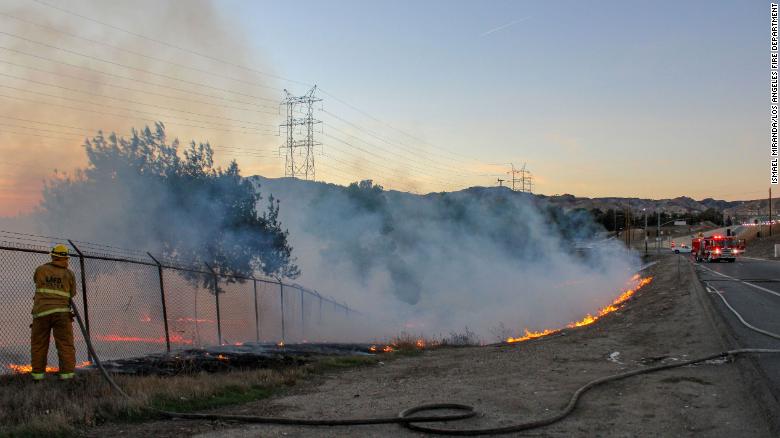


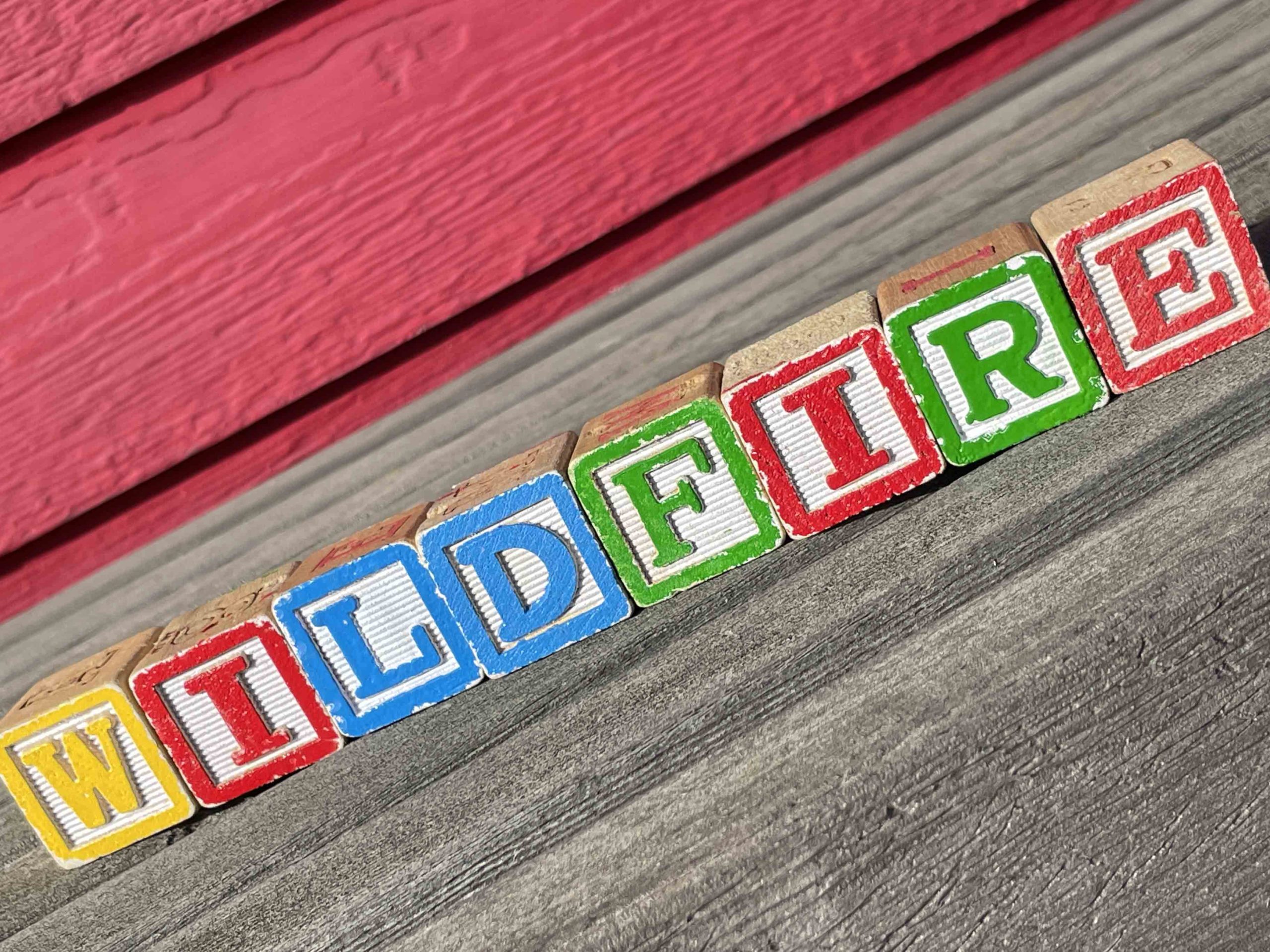 BRYSON CITY, N.C. – Authorities say wind-driven wildfires in and around Great Smoky Mountains National Park have burned hundreds of acres in western North Carolina and forced the evacuation of several homes. The fires also prompted officials to close several trails and backcountry campsites in the nation’s most-visited national park. The park covers more than 520,000 acres straddling the border between North Carolina and Tennessee. Crews from the National Park Service, North Carolina Forest Service, Bryson City Fire Department and Bureau of Indian Affairs were working to contain the fires. Officials said both fires were started from power lines knocked down by high winds and were estimated to be 10% contained as of late Saturday night.
BRYSON CITY, N.C. – Authorities say wind-driven wildfires in and around Great Smoky Mountains National Park have burned hundreds of acres in western North Carolina and forced the evacuation of several homes. The fires also prompted officials to close several trails and backcountry campsites in the nation’s most-visited national park. The park covers more than 520,000 acres straddling the border between North Carolina and Tennessee. Crews from the National Park Service, North Carolina Forest Service, Bryson City Fire Department and Bureau of Indian Affairs were working to contain the fires. Officials said both fires were started from power lines knocked down by high winds and were estimated to be 10% contained as of late Saturday night.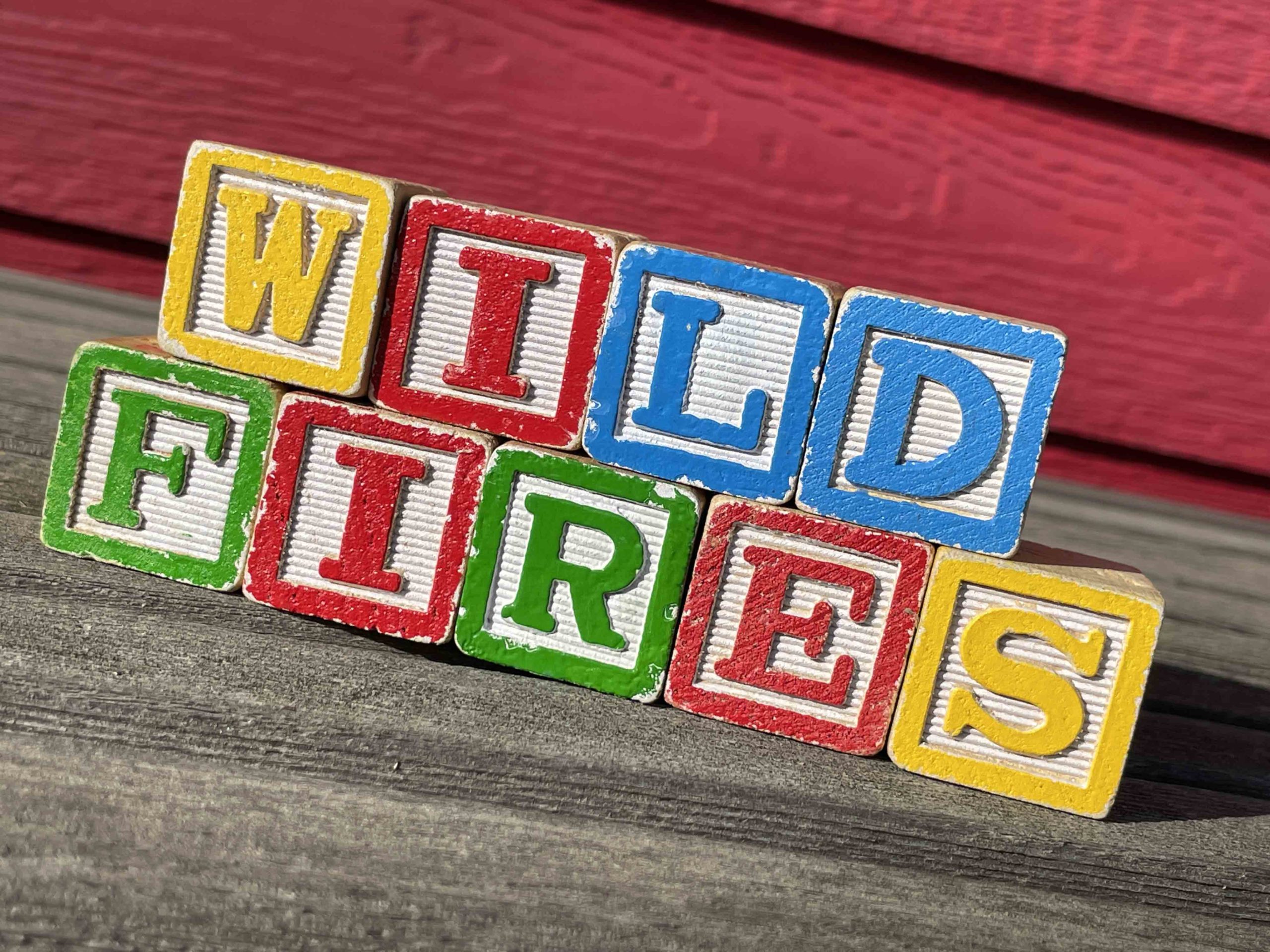 EASTLAND, Texas — Fire crews in Texas made progress Saturday against a massive complex of wildfires that have killed a deputy sheriff and burned at least 50 homes, officials said. “Progress has been made, but fire activity has picked up with rising temperatures and lower humidity,” said Matt Ford, spokesperson for Texas A&M Forest Services. He said about 25% of the flames were contained, up from about 4% late Friday as the fire burned thick brush and grass fields. The fires had burned about 130 square miles (330 square kilometers), including about 70 square miles (185 square kilometers) in the Eastland Complex, according to the agency. That area is around 120 miles west of Dallas. Gusty winds were expected to return Sunday, again raising the wildfire threat to critical levels.
EASTLAND, Texas — Fire crews in Texas made progress Saturday against a massive complex of wildfires that have killed a deputy sheriff and burned at least 50 homes, officials said. “Progress has been made, but fire activity has picked up with rising temperatures and lower humidity,” said Matt Ford, spokesperson for Texas A&M Forest Services. He said about 25% of the flames were contained, up from about 4% late Friday as the fire burned thick brush and grass fields. The fires had burned about 130 square miles (330 square kilometers), including about 70 square miles (185 square kilometers) in the Eastland Complex, according to the agency. That area is around 120 miles west of Dallas. Gusty winds were expected to return Sunday, again raising the wildfire threat to critical levels.


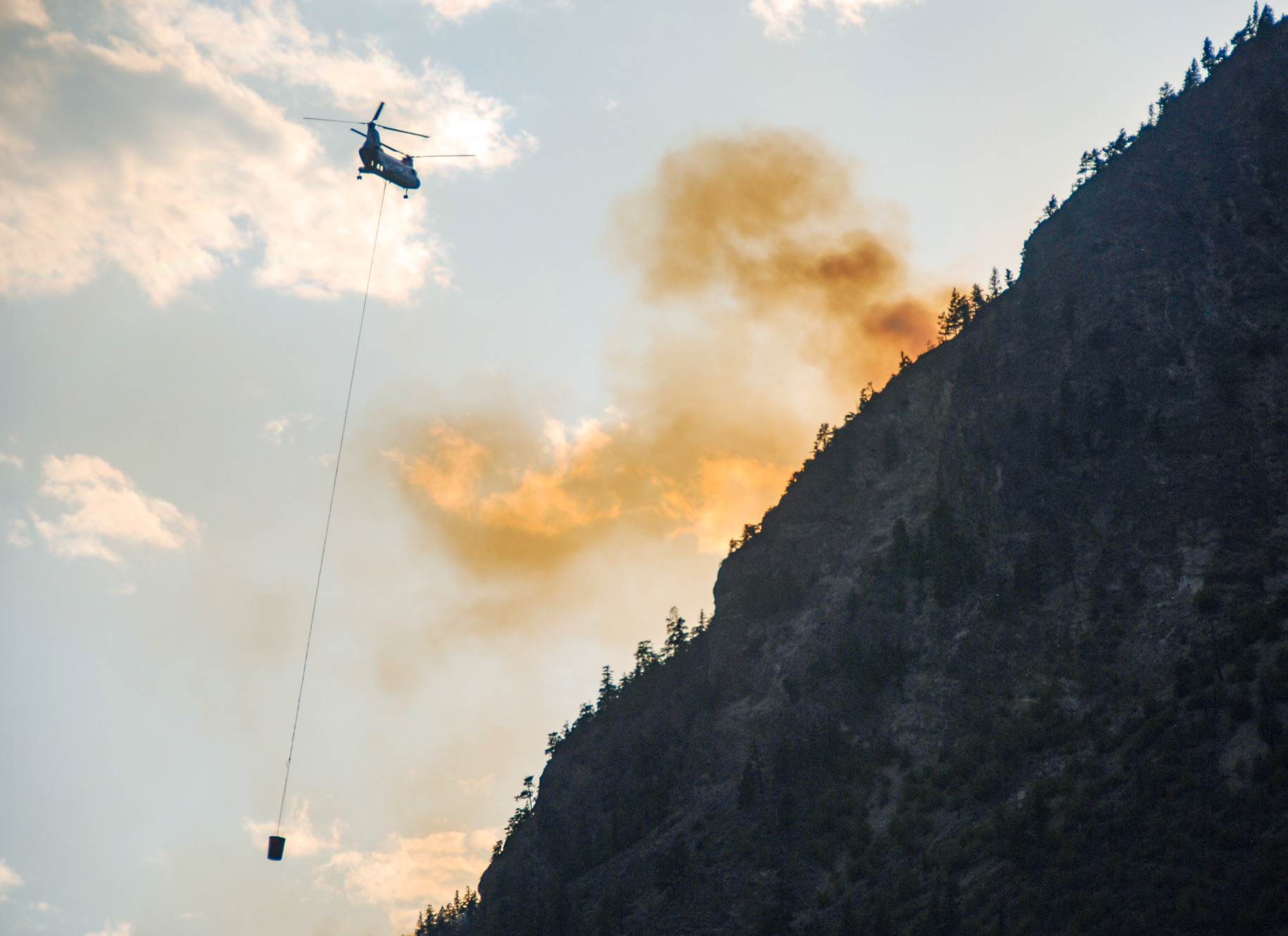 The southern canton of Ticino has been hardest hit by forest fires as a drought that began in early December has prompted several regions to raise their wildfire risk levels to “severe”. Authorities in Centovalli in Ticino were able to bring a large forest fire under control as winds died down on Saturday. The fire, which began four days earlier, destroyed a total of 55 hectares and forced the evacuation of 21 people from the municipality of Verdasio. …A meteorologist with MéteoSuisse warned the level of precipitation in Switzerland was “critical”. At most measuring stations, water levels were less than 25% the normal flow at this time of year, Aude Untersee told
The southern canton of Ticino has been hardest hit by forest fires as a drought that began in early December has prompted several regions to raise their wildfire risk levels to “severe”. Authorities in Centovalli in Ticino were able to bring a large forest fire under control as winds died down on Saturday. The fire, which began four days earlier, destroyed a total of 55 hectares and forced the evacuation of 21 people from the municipality of Verdasio. …A meteorologist with MéteoSuisse warned the level of precipitation in Switzerland was “critical”. At most measuring stations, water levels were less than 25% the normal flow at this time of year, Aude Untersee told
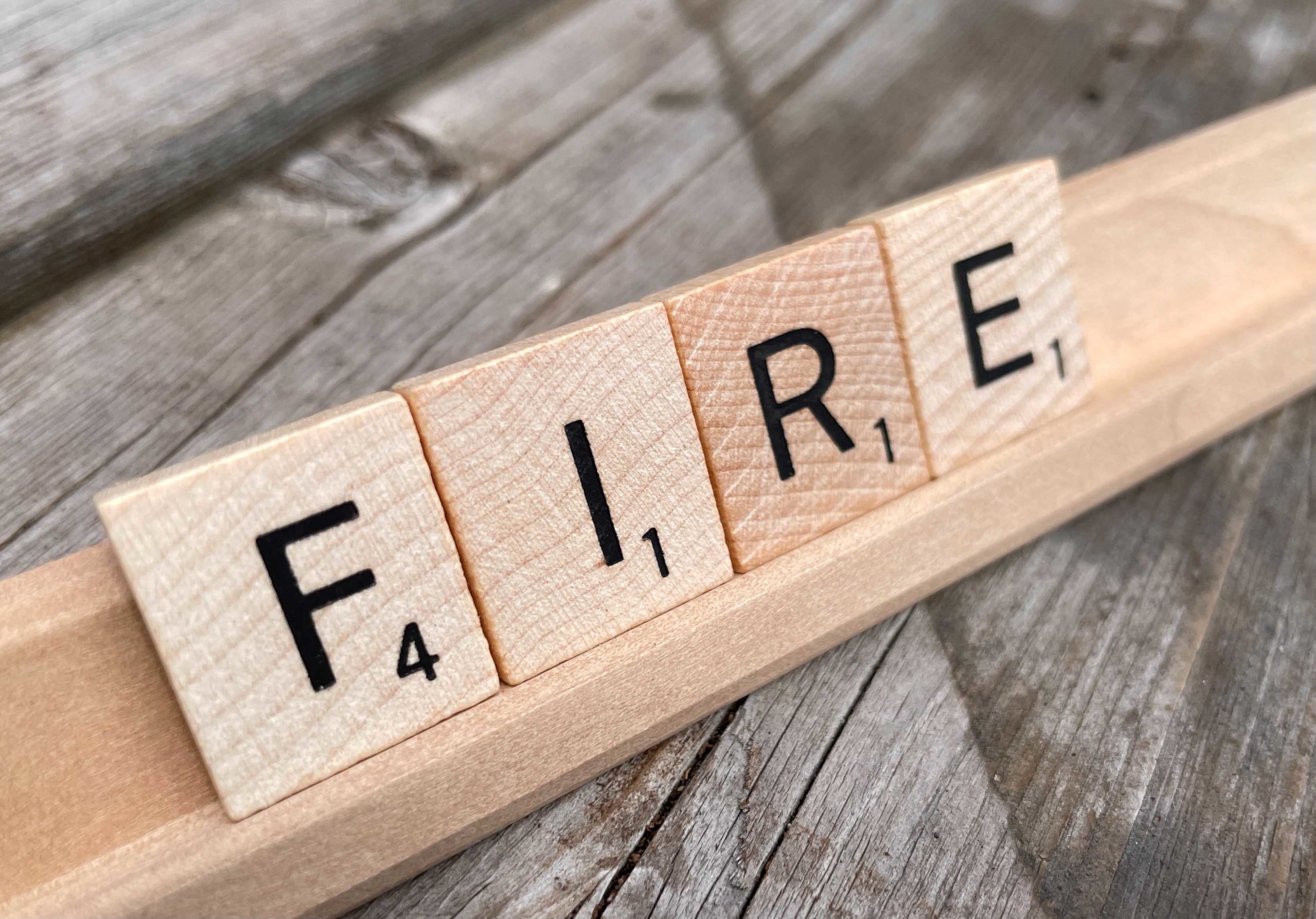 SEOUL, South Korea — Thousands of South Koreans fled their homes Friday as a large wildfire ripped through an eastern coastal area and temporarily threatened a nuclear power station before being driven away by winds. As of Friday evening, around 1,000 firefighters were battling the blaze amid strong winds and focusing their efforts on preventing it from reaching a liquified natural gas facility near the city of Samcheok. The fire began Friday morning on a mountain in the nearby county of Uljin and destroyed at least 22 homes and nine other structures, according to officials at the National Fire Agency and the Korea Forest Service. Nearly 4,000 people fled their houses as the fire spread, but all but 161 had returned as of Friday evening, said Lee Jae-hoon, a National Fire Agency official.
SEOUL, South Korea — Thousands of South Koreans fled their homes Friday as a large wildfire ripped through an eastern coastal area and temporarily threatened a nuclear power station before being driven away by winds. As of Friday evening, around 1,000 firefighters were battling the blaze amid strong winds and focusing their efforts on preventing it from reaching a liquified natural gas facility near the city of Samcheok. The fire began Friday morning on a mountain in the nearby county of Uljin and destroyed at least 22 homes and nine other structures, according to officials at the National Fire Agency and the Korea Forest Service. Nearly 4,000 people fled their houses as the fire spread, but all but 161 had returned as of Friday evening, said Lee Jae-hoon, a National Fire Agency official.